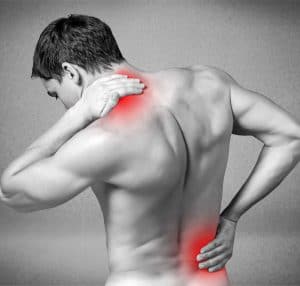Orthopedic and Traumatological Rehabilitation Bascharage

Orthopedic and traumatological rehabilitation is most often carried out after surgery on the musculoskeletal system, usually due to osteoarthritis, or after a trauma, whether operated or not (road accident, fall, sports injury, etc.).
We can also speak of cold orthopedic surgery (orthopedic) when it is programmed, such as the fitting of a prosthesis in the case of advanced osteoarthritis, or hot orthopedic surgery (traumatological) for urgent operations following an accident. In the case of scheduled surgeries, we advise you to make an appointment for your rehabilitation before the surgery.
Our physiotherapists can provide home rehabilitation initially if the surgeon specifies it.
Once you’ve regained your independence and are able to move around again, rehabilitation will continue at the clinic. Orthopaedic and traumatological rehabilitation is more complete at the practice, thanks to on-site equipment and longer sessions.
Orthopedic rehabilitation
When a condition affects the joints and periarticular structures, functional discomfort and pain may force the patient to undergo scheduled surgery – hip replacement (THR), spinal arthrodesis, knee replacement (KR) etc… Your physiotherapist will then intervene post-operatively to improve swelling, amplitude recovery and function. The aim here is to regain autonomy as quickly as possible, which is the major objective of surgery. Your physiotherapist will be in close contact with the surgeon and will adapt his treatment according to his instructions. He will accompany the patient throughout his rehabilitation to save the operated area and avoid complications.
When an operation is scheduled, it’s a good idea, in consultation with your doctor, to set up a pre-operative rehabilitation program to prepare for the operation. In fact, following the operation, muscle wasting will set in very quickly, and can be limited by strengthening the muscles beforehand.
Trauma rehabilitation
It follows an accident or a fall. Depending on the nature of the injury (fracture, dislocation, sprain, etc.) and the treatment implemented by the doctor (immobilization in a splint, plaster cast or surgery), the patient will be referred for rehabilitation sessions. After assessing the restrictions caused by the trauma and the treatment, your physiotherapist will suggest a suitable treatment that respects the healing lesion and your recovery goals.

